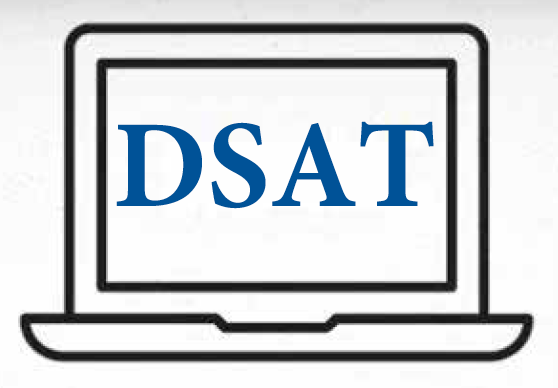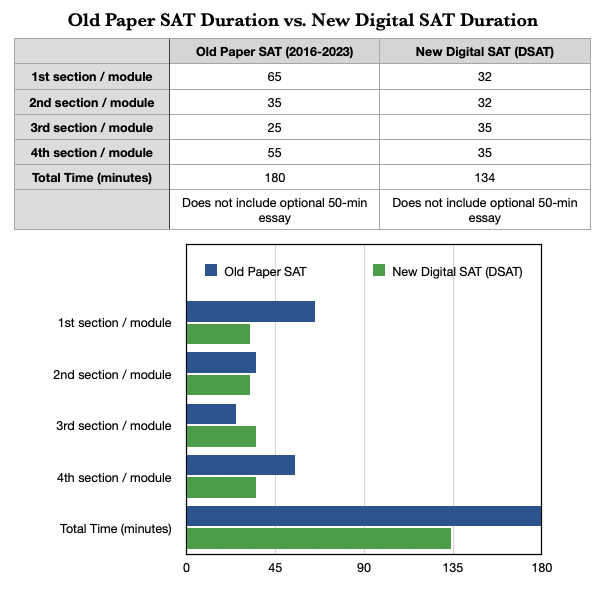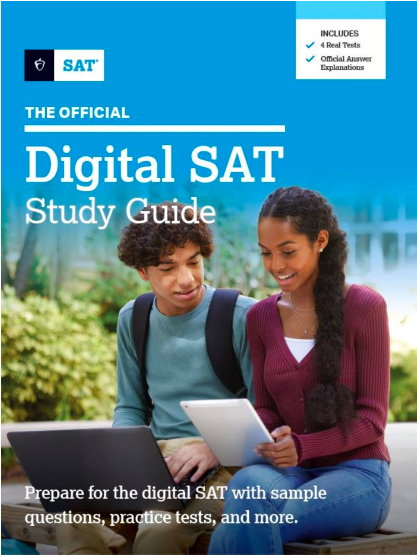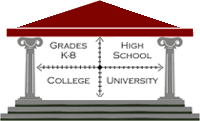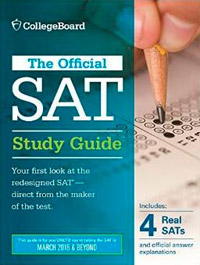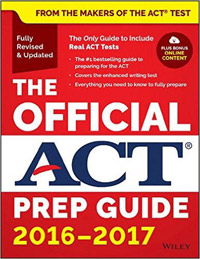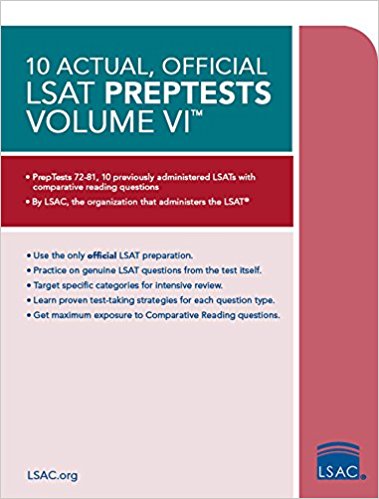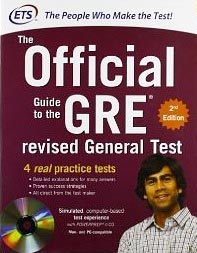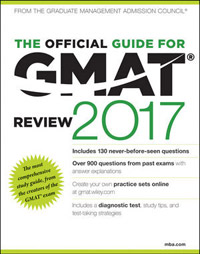Tutoring News Post
The New Digital SAT (DSAT) is Here: Everything You Need to Know
In June 2023, it updated its Bluebook software with an adaptive digital PSAT and digital PSAT 8/9 practice exam, also releasing a linear (nonadaptive) digital PSAT with official answer explanations and scoring, as well as a linear (nonadaptive) digital PSAT 8/9 with official answer explanations and scoring. These PSATs have the same timing (2 hours 15 minutes, not including the optional 10-minute break) and number of questions (98) as the DSAT. However, unlike the DSAT, which is scored out of 1600, the PSAT 10/NMSQT is scored out of 1520, and the PSAT 8/9 is scored out of 1440. Then, in September 2023, the SAT Suite Question Bank was released, which offers free online access to over 2,000 DSAT and digital PSAT questions by category, many of which overlap with the questions from the 6 BlueBook exams—and many of which are in fact Khan Academy DSAT practice questions, not real SAT questions. (Like their predecessors for the paper SAT, Khan Academy digital SAT practice questions are made "in conjunction with" the College Board, and have a decidedly different feel than real College Board DSAT questions.) If you prefer printed books, then you might also consider purchasing the recently published Official Digital SAT Study Guide. However, don't be surprised to discover that the tests in this printed edition of the OG are the exact same as the 4 previously released Bluebook exams. (There are, however, 191 sample questions, unique to the print book and organized by category.) If you're curious about the real reason for this change: the College Board has encountered huge problems with international exam security, including test leaks, cheating scandals, score delays, and cancelled scores, and the digital SAT claims to be more secure than paper-based exams—though the College Board's promises about "every student" having a "unique test form" are surely more hype than reality, since most high-scoring students will likely see the same counted questions, although possibly in a different order. The October 2023 Digital PSATs have already been administered and scored. Next come the March 2024 US Digital SATs, and the March 2024 School-Day SATs (also digital), at which point a paper exam option will no longer be available anywhere — with the exception of students with accommodations, who will still have the option of paper-based testing via the accommodations process.
Some highlights: -The digital SAT has been shortened to just 98 questions in 2 hours, 24 minutes, including the 10-minute break — from 154 questions in 3 hours, 15 minutes on the current version of the SAT, or 3 hours, 35 minutes if you include the 5th, "experimental" section that is unscored. Students are allowed to bring their own laptop computers or tablets. Loaner devices (Chromebooks, to be specific) are provided for those who request them in advance. -The DSAT requires internet connectivity, and is designed to pick up right where you left off if your computer crashes, freezes, loses power, or drops the connection. -Yes, you can still take notes on the provided scratch paper—make sure to bring your own pen and/or pencil! (Source: Digital SAT FAQ) -With the exception of the optional essay (section 3), there are only 2 main exam sections on the DSAT: 1) a combined Reading and Writing section, and 2) a Math section — both about one hour in duration. Each section is composed of two "modules," and the test has a section-level adaptive format, where a student's overall performance on the first module of questions determines the difficulty level (easy or hard) of their second module of the same type. On average, questions in the first module are weighted 1.4 times as strongly toward one's score (worth ~700 points total / 350 per module) as questions in the second module (worth ~500 points total / 250 per module). Preliminary evidence derived via Bluebook has also suggested that each question has a slightly different scoring value, based on its difficulty level. The 2 Reading and Writing modules are each 32 minutes long, with 27 questions per module — and each of the 2 Math modules is 35 minutes long, with 22 questions per module, totaling (64 + 70) = 134 minutes of actual testing time. There is also a single 10-minute break after the 2nd Reading and Writing module. 2 (unidentified) questions from each module are experimental aka "pretest" questions—which means that they do not count toward your score. (Source) -The College Board continues to promise that DSAT scores will be returned within "days instead of weeks" (source) — but despite these claims, scores currently take about 2 weeks to be returned. Additional features ("Testing Tools") include a countdown timer and a math reference page with common formulas (same as the current SAT), as well as Mark for Review, Annotate, and Zoom options. -Unlike the current SAT, which has a Math no Calculator section 3 and a Math with Calculator section 4, a calculator is allowed for all math questions. You can bring your own approved calculator, or use the provided on-screen calculator from Desmos (iOS / Android / desktop). Student-produced responses aka "grid-in" answers now include negatives, and up to 5 digits. -Sadly, the Question and Answer Service currently offered for the paper-based SAT in March, May, and October has also been discontinued for the digital SAT — meaning that students are not given the opportunity to review the actual DSAT questions they answered on exam day, despite "Truth in Testing" laws in California and New York, which require testing companies such as the College Board to release at least 3 actual SATs per year. Instead, the College Board has promised educators that it will release 4 new Bluebook practice tests per year. The next batch of Bluebook exams can be expected sometime around October 2023. Am I surprised to hear about these changes? No, not at all. I began tutoring the SAT during my freshman year at Harvard in 1998, and this is the 3rd time that the SAT has changed since then. Historically, the SAT has switched exam formats every decade or so: the test was altered in 2005 (to a 2400-point exam), then again in 2015 (back to 1600)—and now, the big switch to a digital-only format, which began internationally in March 2023, and will continue domestically with the debut of the March 2024 US digital SAT. In fact, I have already had many private students take the digital SAT—including students from right here in the US. Some US high school students have chosen to go against the grain and intentionally seek out the digital SAT, by traveling to a nearby country such as Canada or Mexico to take the exam sometime between March and December 2023—because these students feel that the digital exam better fits their strengths.
-Brian
|

